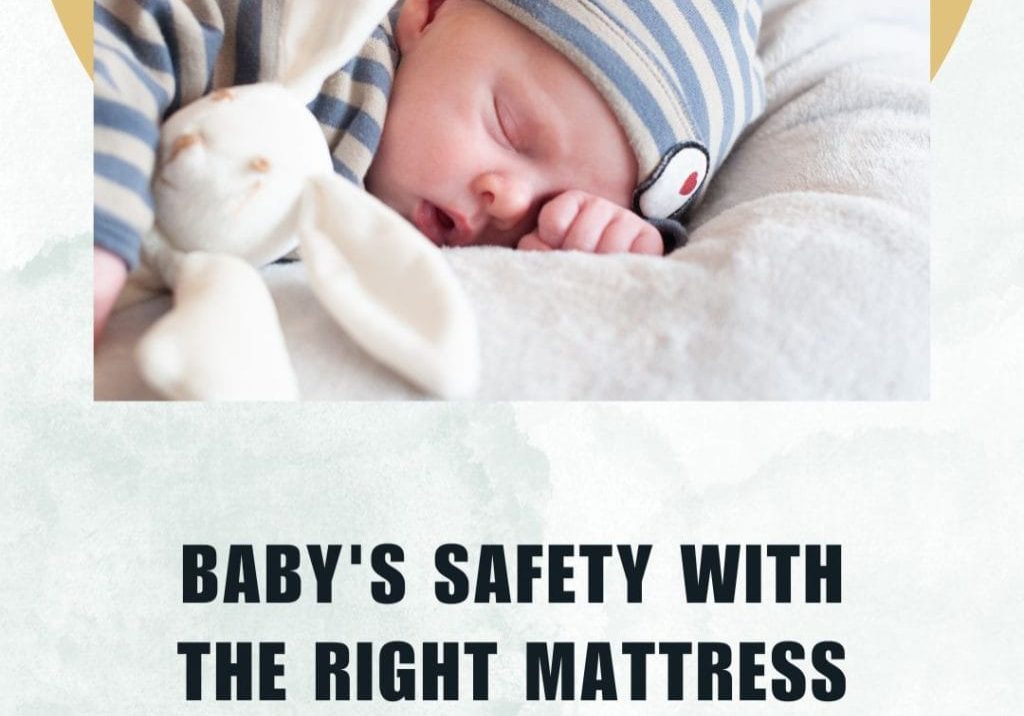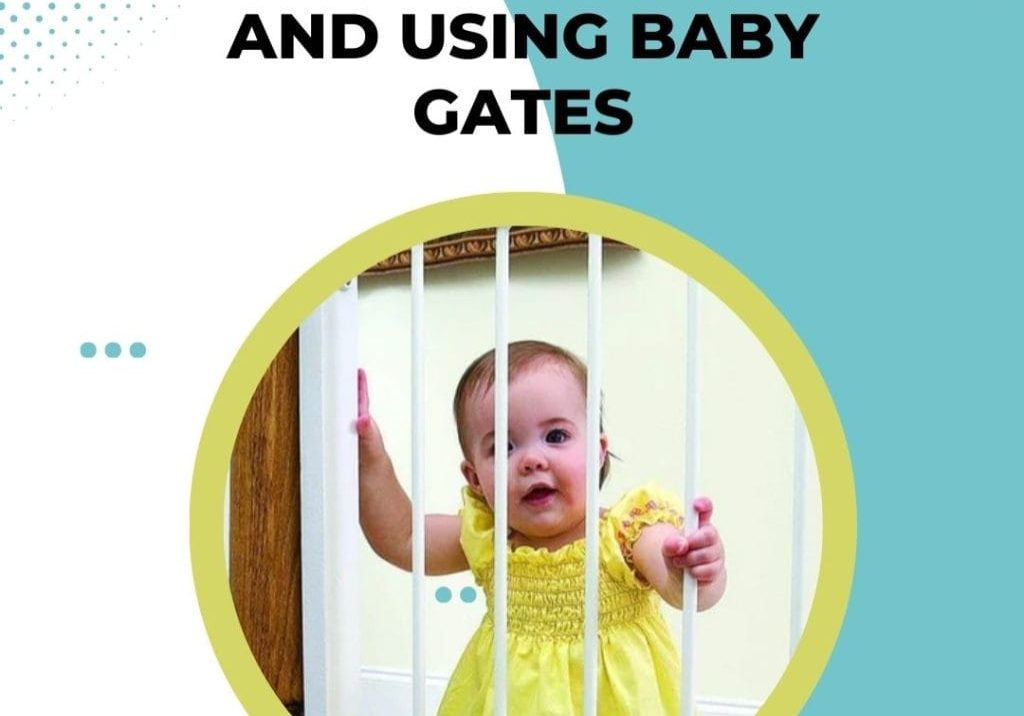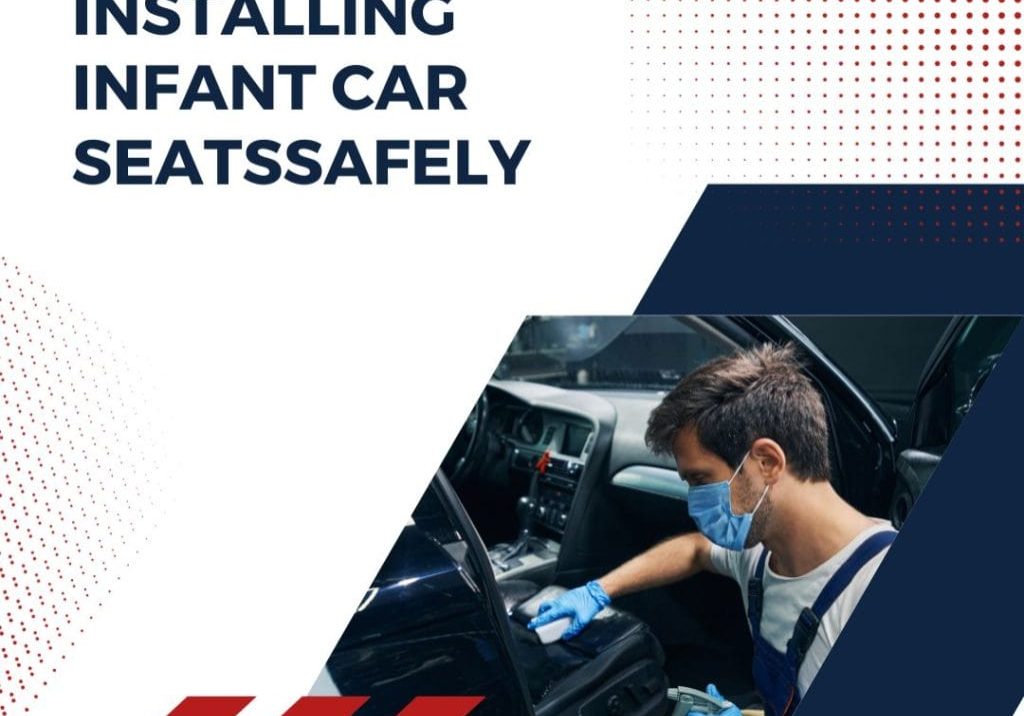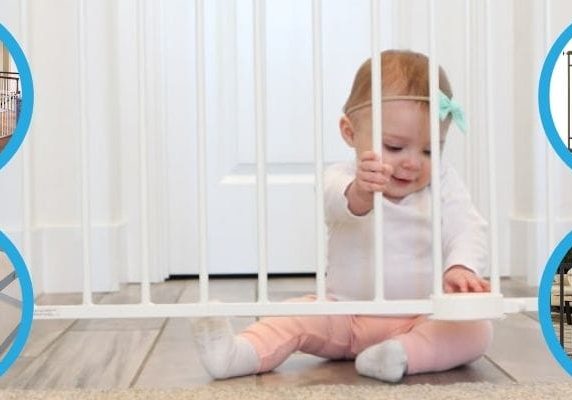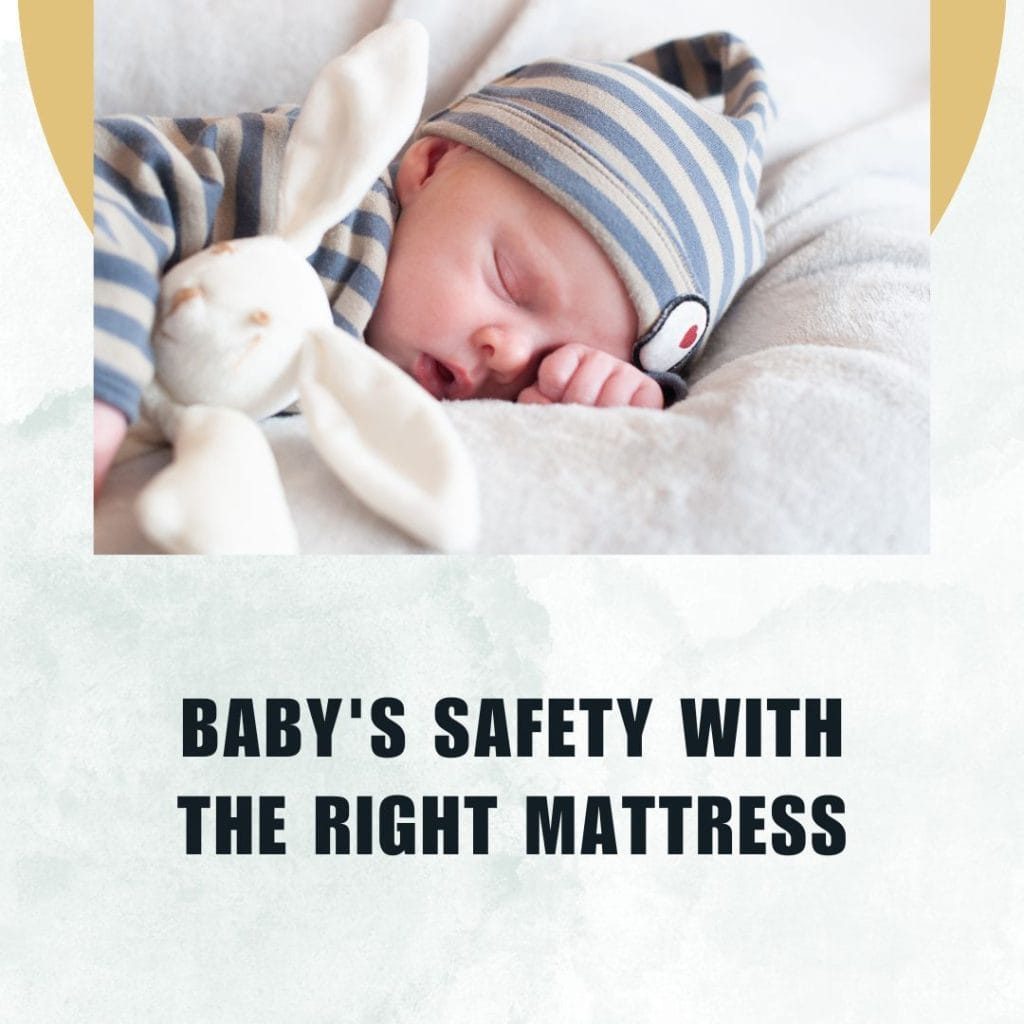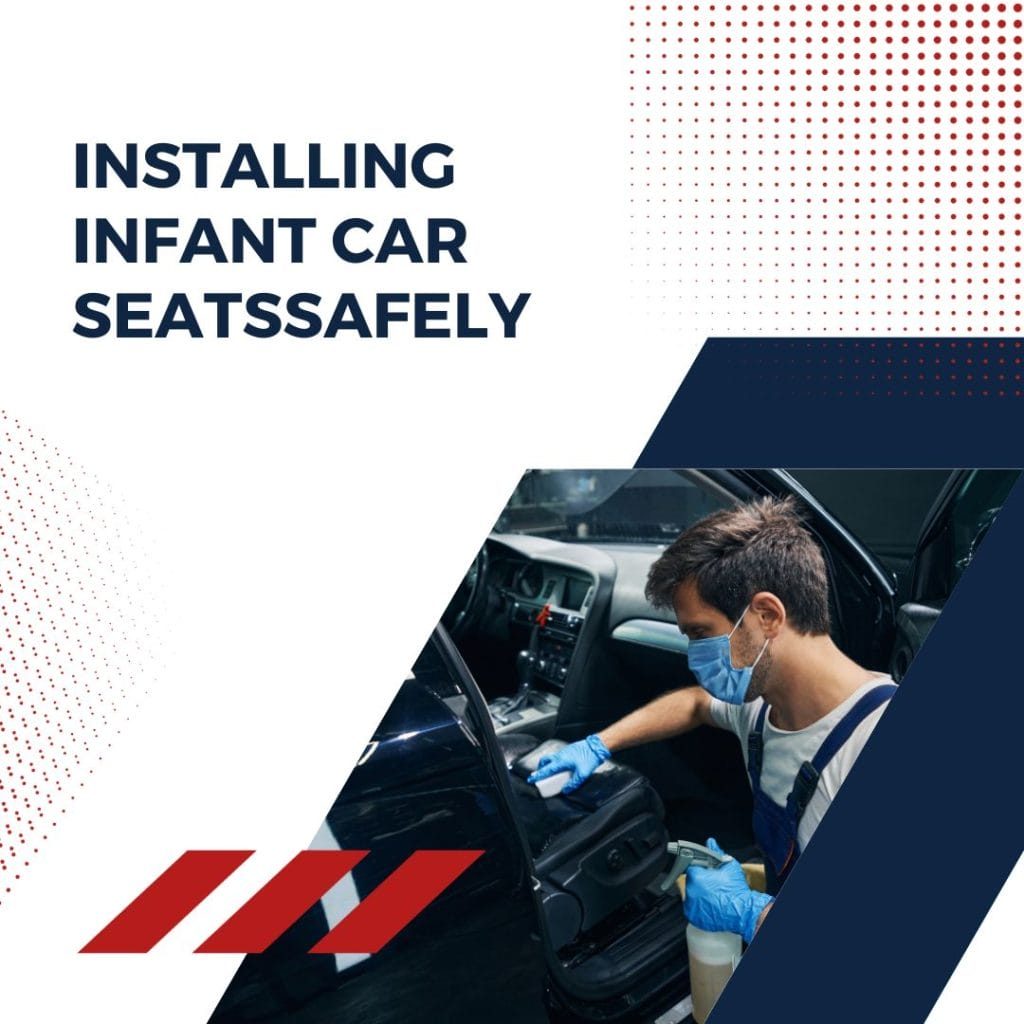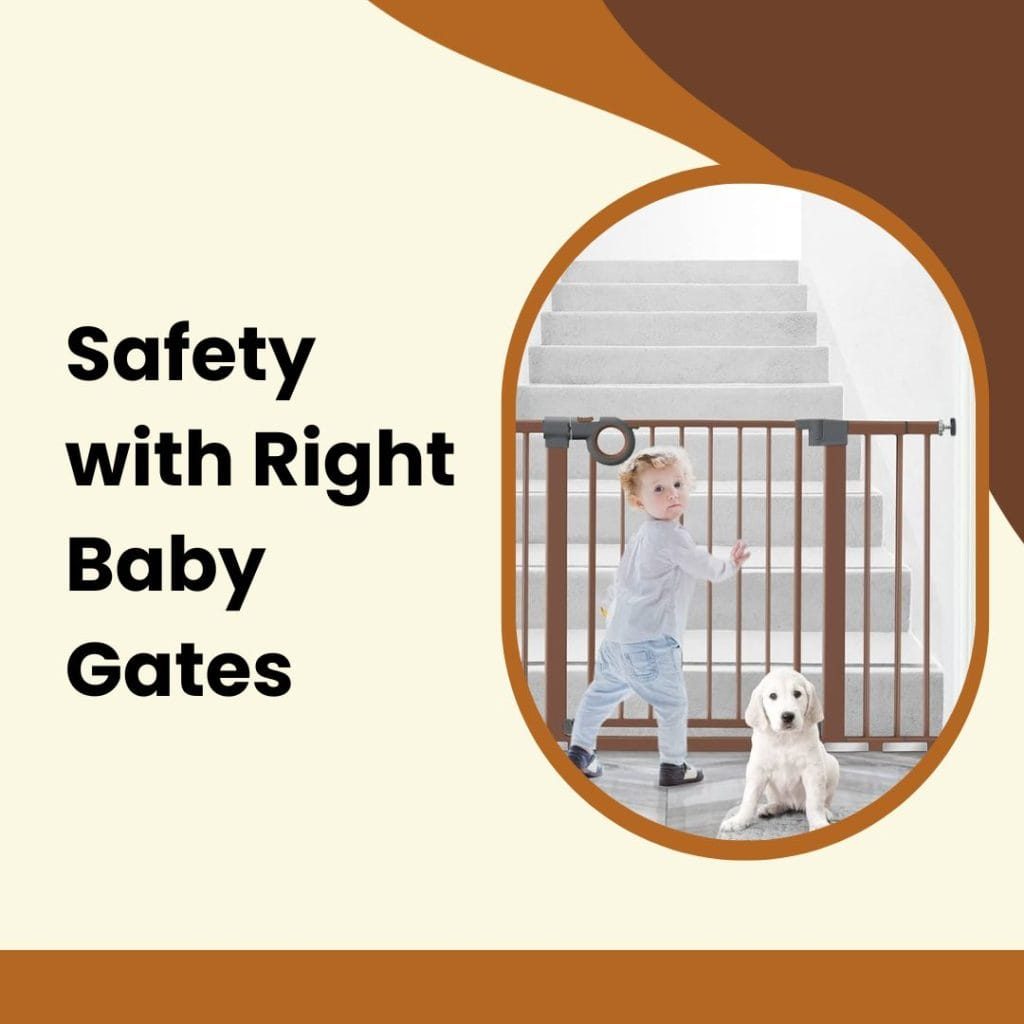The joy of bringing a new life into the world comes with the immense responsibility of keeping them safe and secure. As they grow, babies and toddlers encounter various risks around the home and while traveling. It is our duty to mitigate these risks and provide a safe environment for them to explore, learn, and grow.
Whether you’re setting up a nursery, updating your babyproofing measures, or preparing for road trips with your little one, this guide and its supplementary articles will walk you through each step of ensuring your baby’s safety. So, let’s embark on this important journey together, equipped with the knowledge and tools to create a safe haven for your little ones.
Understanding Baby Safety Needs
When it comes to parenting, ensuring the safety of your baby is paramount. From their first breath, children depend entirely on adults for protection against the various dangers they’ll face while growing up. As they progress through different stages of development, their curiosity and mobility increase, as do the potential risks. Understanding these developmental stages and corresponding safety considerations is crucial in creating a safe environment. This article delves into the various aspects of baby safety, highlighting common risks at different ages and discussing the preventative role of safety gear such as car seats and gates.
Development Stages and Corresponding Safety Considerations
Newborn to 6 Months:
- Safety Focus: Sleep, handling, and feeding
- Considerations: Ensure a safe sleeping environment with a firm mattress and no loose bedding. Support the baby’s head and neck when handling. Be vigilant about feeding techniques and schedules.
6 to 12 Months:
- Safety Focus: Mobility and exploration
- Considerations: As babies start to crawl and explore, secure cabinets, cover electrical outlets, and remove small objects that can be choking hazards. Begin introducing baby gates.
1 to 3 Years:
- Safety Focus: Increased mobility and curiosity
- Considerations: Childproof the house thoroughly as toddlers begin walking and climbing. Secure furniture to prevent tipping and ensure all harmful substances are out of reach.
3 Years and Beyond:
- Safety Focus: Independence and outdoor safety
- Considerations: Teach basic safety rules, supervise outdoor play, and continue to adapt your home environment to the child’s growing abilities and needs.
Common Risks at Different Ages and How to Mitigate Them
Choking and Suffocation:
- Common in younger babies due to exploration with their mouths.
- Mitigation: Keep small objects out of reach, use appropriate toys, and ensure sleeping environments are free of loose bedding.
Falls:
- Common as babies start to move and climb.
- Mitigation: Use gates on stairs, window guards, and furniture anchors.
Drowning:
- A risk during bath time or in any environment with water.
- Mitigation: Never leave a child unattended in the bath and keep toilet lids closed and secured.
Poisoning:
- As children become more mobile, they might access household chemicals or medications.
- Mitigation: Store all hazardous substances high up and locked away, use child-resistant packaging, and keep the poison control number handy.
The Role of Car Seats, Gates, and Other Safety Gear in Prevention
- Car Seats: Vital for protecting your child in case of a car accident. Ensure you use the right type for your child’s age and size, and install it correctly.
- Baby Gates: Essential for keeping children away from dangerous areas like stairs or kitchens. Use hardware-mounted gates for the top of stairs and pressure-mounted gates for doorways or bottom of stairs.
- Other Gear: Consider corner guards, outlet covers, cabinet locks, and window guards as part of a comprehensive childproofing strategy.
Comprehensive Guide to Baby Car Seats
Ensuring the safety of your child while on the road is a paramount concern for all parents and guardians. Car seats are one of the most crucial pieces of safety equipment you’ll purchase, designed to protect infants and children in the event of a collision. This comprehensive guide will cover everything you need to know about car seats, including their importance, the different types available for various age groups, key features to look for, and a step-by-step guide to installation.
Importance of Car Seats
Car seats are designed to provide the specific support and protection that children need, which adult seat belts and car seats cannot offer. They reduce the risk of injury in a crash by up to 71% for infants and 54% for toddlers. Using the right car seat and installing it correctly is not just a safety measure—it’s a legal requirement in many places.
Types of Car Seats for Different Age Groups
Infant Car Seats:
- Suitable for newborns up to 22-35 pounds, depending on the model.
- Rear-facing only and often come with a base that stays in the car.
Convertible Car Seats:
- Can convert from rear-facing to forward-facing.
- Suitable for children up to 65 pounds or more, depending on the model.
Booster Seats:
- For older children who have outgrown forward-facing seats.
- Uses the car’s seat belt across the child’s body properly.
All-in-One Car Seats:
Can change from rear-facing to forward-facing and then to a booster seat as the child grows.
It’s important to choose a seat appropriate for your child’s age, weight, and height and to transition between seats at the right time.
Key Features to Look For in a Car Seat
Safety Ratings and Certification:
- Look for seats that meet or exceed safety standards and are tested for safety.
Ease of Installation:
- Features like LATCH systems can make installation easier and more secure.
Comfort and Adjustability:
- Padded, adjustable straps and seat recline can keep your child comfortable.
Durability and Longevity:
- A well-constructed seat can last through multiple children or be adjusted as your child grows.
Ease of Cleaning:
- Removable and washable covers are a plus.
Step-by-Step Guide to Installing Car Seats
Choose the Right Location:
- The back seat is the safest place for your child. Avoid placing the car seat in front of an active airbag.
Follow Instructions:
- Read the car seat’s manual and your vehicle’s manual for specific instructions.
Installing with a Seat Belt:
- Thread the seat belt through the correct path on the car seat, buckle it, then tighten and lock the seat belt.
Installing with LATCH System:
- Attach the LATCH connectors to the anchors in your car, then push down or pull the car seat to tighten it.
Check for Correct Installation:
- The car seat should not move side-to-side or front-to-back more than 1 inch when pulled at the belt path.
Recheck Periodically:
- Car seats can become loose over time, so recheck the fit regularly and adjust as needed.
Ensuring Safety with Baby Gates
As babies grow and begin to explore their surroundings, it’s crucial to create a safe environment where they can learn and play. Baby gates are an essential tool in the arsenal of childproofing, designed to keep children away from potential hazards such as stairs, kitchens, or bathrooms. This article will guide you through the significance of baby gates in childproofing, the different types available for various home spaces, key considerations when choosing a gate, and installation and use tips for maximum safety.
The Significance of Baby Gates in Childproofing
Baby gates are more than just barriers; they are a critical aspect of creating a child-friendly home. They provide peace of mind by ensuring that children are kept away from dangerous areas, preventing accidents such as falls, burns, or other injuries. By strategically placing gates, parents can create safe zones where children can roam freely and safely.
Different Types of Gates for Various Home Spaces
Pressure-Mounted Gates:
- Easy to install and remove without tools or drilling.
- Ideal for doorways or temporary situations.
Hardware-Mounted Gates:
- Screwed into the wall for extra security.
- Best for top of stairs or high-risk areas.
Freestanding Gates:
- Stand on their own to enclose a particular area.
- Versatile and portable, but not for blocking high-risk areas.
Retractable Gates:
- Pull out and lock into place as needed.
- Offer flexibility and are less conspicuous when not in use.
Extra-Wide or Specialty Gates:
- Designed for unusual or wide spaces.
- Customizable to fit specific needs.
Key Considerations When Choosing a Baby Gate
Location and Purpose:
- Determine where and why you need the gate to choose the right type.
Safety Standards:
- Look for gates that meet current safety standards and haven’t been recalled.
Height and Sturdiness:
- Ensure the gate is tall enough that the child can’t climb over and sturdy enough to resist pushing.
Locking Mechanism:
- Choose a gate with a reliable and easy-to-use locking mechanism.
Spacing Between Slats:
- Make sure the slats are close enough together to prevent head entrapment.
Ease of Use:
- Consider how easy it is for adults to open and pass through.
Installation and Use Tips for Maximum Safety
Read the Instructions:
- Follow the manufacturer’s installation guide carefully.
Check for Secure Fit:
- Ensure the gate is properly secured and doesn’t move or budge.
Regularly Inspect:
- Check the gate frequently for wear and tear, loose parts, or damage.
Use Gates Appropriately:
- Don’t use pressure-mounted gates at the top of stairs and never climb over a gate while holding the child.
Educate Others:
- Make sure all caregivers know how to operate the gate safely.
Remove When Outgrown:
- Discontinue use when the child can open the gate or climb over it.
Special Focus: Infant Sleeping Safety
Every parent’s top priority is the well-being of their child, with sleep safety being a fundamental aspect of early childcare. Infants spend a considerable amount of their time sleeping, and it’s crucial that this happens in a safe, nurturing environment. This article will emphasize the importance of creating a safe sleeping environment, provide an overview of safe sleeping practices and gear, and offer a deep dive into choosing the right baby mattress for your infant’s safety and comfort.
The Importance of a Safe Sleeping Environment
A safe sleeping environment is vital in reducing the risk of Sudden Infant Death Syndrome (SIDS) and other sleep-related fatalities. Ensuring that the sleep area is free from hazards not only promotes better sleep for infants but also offers peace of mind for parents. A safe crib or bassinet, appropriate bedding, and a safe room temperature all contribute to a safer sleep environment.
Overview of Safe Sleeping Practices and Gear
Back to Sleep:
- Always place babies on their backs to sleep, the safest position to reduce the risk of SIDS.
Use a Firm Sleep Surface:
- A firm mattress in a safety-approved crib reduces the risk of suffocation and entrapment.
Keep the Crib Bare:
- Avoid pillows, blankets, stuffed animals, and bumpers, which can pose suffocation hazards.
Room-Sharing, Not Bed-Sharing:
- It’s safest to keep the baby’s sleep area separate but close to where parents sleep.
Consider a Wearable Blanket:
- To keep the baby warm, use a sleep sack or other sleep clothing instead of loose blankets.
Maintain a Smoke-Free Environment:
- Ensure that the baby’s environment is free from smoke and other harmful substances.
Deep Dive into Choosing the Right Baby Mattress
Safety Standards:
- Look for mattresses that meet current safety standards and certifications, indicating they’re free of harmful chemicals and designed for infant use.
Firmness:
- The mattress should be firm enough to not conform to the shape of the baby’s head, reducing the risk of suffocation and SIDS.
Fit:
- Ensure the mattress fits snugly within the crib with no gaps where the baby could get trapped.
Material:
- Consider hypoallergenic, waterproof, and easily cleanable materials to keep the sleeping environment hygienic and allergen-free.
Breathability:
- Some mattresses offer enhanced breathability, which can help regulate temperature and reduce overheating.
Durability:
- A good quality mattress should maintain its firmness and shape over time, even with regular use.
Regular Safety Checks and Maintenance
Ensuring the safety of children is an ongoing process that doesn’t end with the purchase and installation of safety gear. Regular checks and maintenance of car seats, baby gates, and other safety equipment are crucial to provide a continuously safe environment. Over time, wear and tear, product recalls, or advancements in safety technology can impact the effectiveness of these items. This article will outline the importance of regular inspections and updates of safety gear and provide tips for maintaining and replacing these critical items to ensure they offer maximum protection.
Importance of Regular Inspections and Updates of Safety Gear
Regular safety inspections and maintenance are essential for several reasons:
Wear and Tear:
- Frequent use can lead to worn straps, weakened materials, or loose components in safety gear.
Updated Safety Standards:
- Safety regulations and recommendations can change, and staying informed ensures your equipment meets the latest guidelines.
Recalls and Safety Notices:
- Occasionally, products are recalled due to discovered hazards or defects. Regularly checking recall lists can prevent continued use of unsafe items.
Changes in Child’s Size or Age:
- As children grow, their safety needs change. Regular checks ensure the gear is still appropriate and effective.
Tips for Maintaining and Replacing Car Seats
Cleaning and Inspection:
- Regularly clean the car seat according to the manufacturer’s instructions and check for any signs of damage or wear.
Adjustment:
- Adjust the harness and seat as your child grows to ensure it continues to fit securely.
Expiration Dates:
- Be aware that car seats have expiration dates, typically 6 to 10 years from manufacture, due to changing regulations, material degradation, and technology improvements.
Post-Accident Evaluation:
- Replace the car seat after any moderate to severe crash, even if there’s no visible damage, as its integrity might be compromised.
Tips for Maintaining and Replacing Gates and Other Equipment
Regular Checks:
- Periodically push and pull on gates and other barriers to ensure they’re still securely mounted and haven’t loosened over time.
Hardware and Mounting Surfaces:
- Check that all hardware remains tight and that the walls or frames supporting the gates haven’t weakened or deteriorated.
Updates and Replacements:
- If a gate or piece of equipment no longer suits the space or your child’s development stage, replace it with one that does.
Cleaning and Storage:
- Keep equipment clean and, when not in use, store it in a dry place to prevent damage or mold growth.
Conclusion
Ensuring your baby’s safety is an ongoing journey that evolves with your child’s growth and development. Through the comprehensive insights provided on car seats, gates, and other safety measures, you are now equipped with the knowledge to create a secure environment for your little one. Remember, the key to effective safety is vigilance, understanding, and adaptation to changing needs and technologies. We encourage you to continuously engage with the latest safety standards and recommendations, revisit your safety strategies regularly, and always prioritize the well-being of your child in every decision. Your dedication to safety is the most profound expression of love and care you can offer, setting the foundation for a happy, healthy future for your baby. Keep informed, stay proactive, and let every step in this journey reflect your commitment to ensuring the safest possible world for your child.

